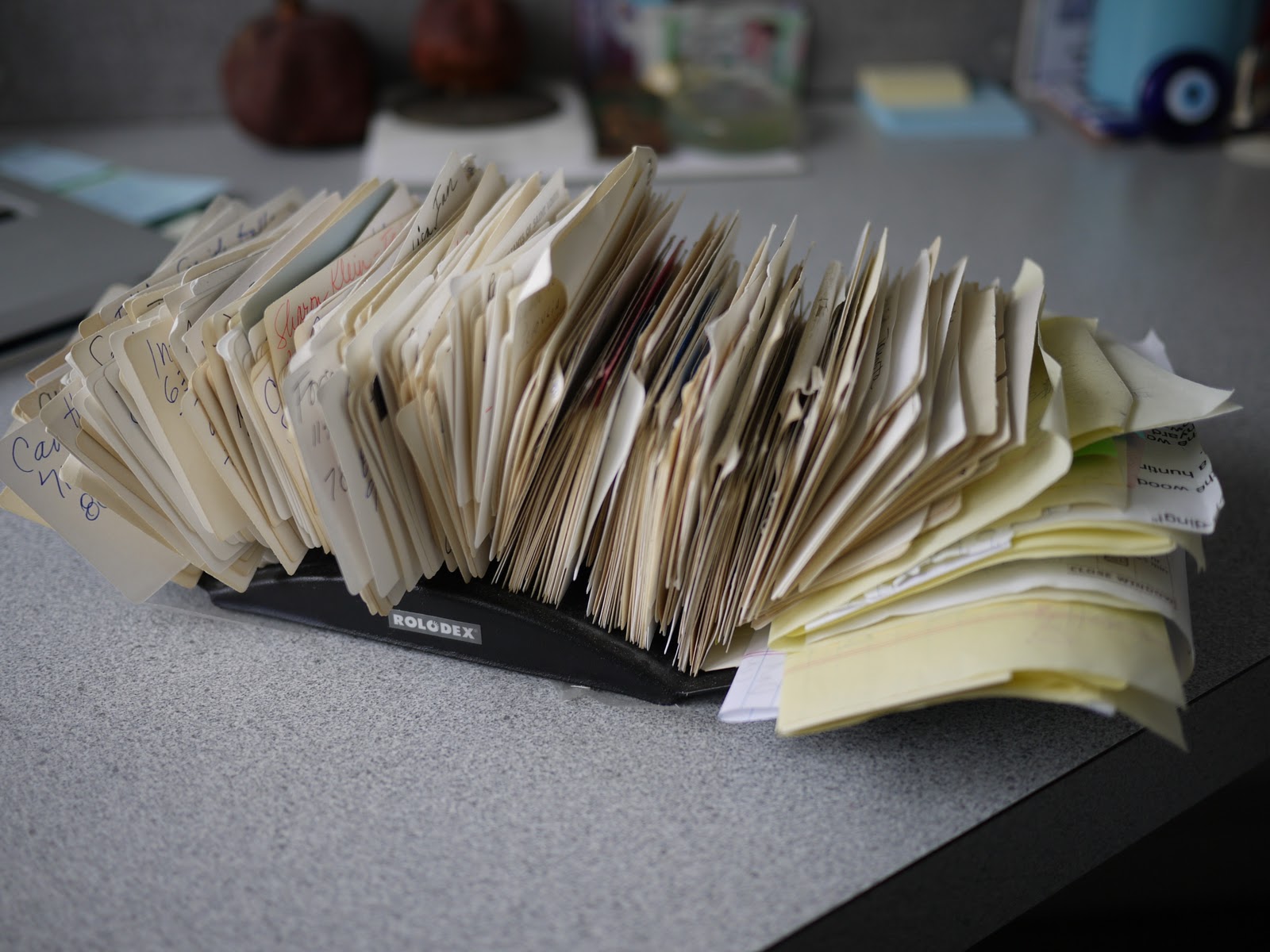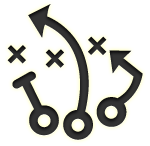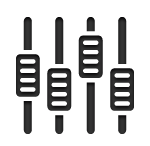At Webviously, build powerful solutions for clients around the world that help them transact business in a world-wide economy.
How to Lose a Customer


A customer calls in to your business and complains that the widget they purchased does not work as advertised. All you catch is their first name, Bob, but you are not able to even get a word in edgewise as he berates you. What do you do? How do you respond, and based on what information? Do you blow them off as crazy and hang up, or do you do everything in your power to give them the moon? Stop and think for a moment. What tools do you have in place right now to help you solve that customer's problem?
We will get back to this customer in a minute.
From Wikipedia.org: Customer relationship management (CRM) consists of the processes a company uses to track and organize its contacts with its current and prospective customers. CRM software is used to support these processes; information about customers and customer interactions can be entered, stored and accessed by employees in different company departments. Typical CRM goals are to improve services provided to customers, and to use customer contact information for targeted marketing.
So why is a good CRM system important to your business? Good question. In the "olden days" of business, every good sales person had a Roladex on their desk. They kept notes about each customer, cross referenced their information with file cabinets of sales orders, invoices, receipts, and even other sales people. Enter the age of computers. Nowadays, its common for small businesses to have copies of their customer data in spreadsheets, another copy in QuickBooks, and yet another in an online store. An effective CRM system will enable your business to securely store all this data in one central place. It can save your employees countless hours by streamlining your sales and marketing.
CRM systems are not miracle-workers. Your business will still have to leverage them in order to gain an advantage.
How do you leverage such a system? Connect your online website to your CRM system to gather leads. Require your sales people use the CRM system daily to maintain up-to-the minute information about your contacts and accounts. Have your CRM system synchronize its information with other business systems such as QuickBooks, or an order fulfillment software package. The bottom line is that you will want to tie the CRM system into as many business processes and systems as possible to eliminate redundant information, and then use it! Use it often, and use it correctly.
So back to our imaginary (but all true common) scenario. Add a CRM system to your business. Now the same customer calls. You look at the caller ID, and while they are yelling, you calmly type in their phone number, find their customer information, see the date, time and name of the sales person. More than that, you notice that they not only bought one widget, but they had negotiated a deal to purchase several hundred. And to top it off, you have personal information about him - notes about previous interactions, and other information that seemed trivial at the time it was gathered. Now with all of this at your finger tips you are able to properly deal with the customer. Imagine Bob's surprise when you respond in a way that demonstrates you know him personally - and that he is the most important customer your business has ever had.
Aren't you glad you didn't hang up?
Treating your customer right breeds customer loyalty. And customer loyalty brings referrals. Referrals bring in more business and your business grows and grows.
Get your business running a CRM system. But more than that, integrate it with your existing business processes and information systems so that the data is available to everyone in your organization. Then train your workforce to use it in a way that will propel your business to the next level.









